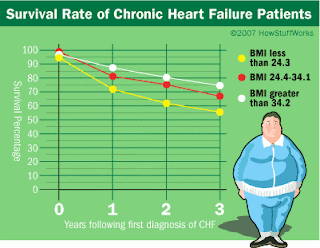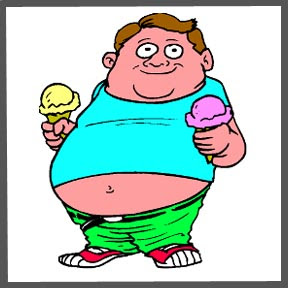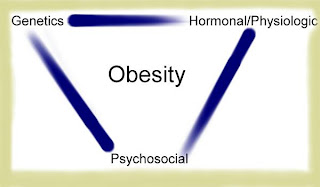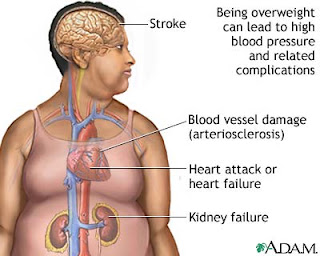
The FDA in the USA approved a drug on 5th January 2007 that claims to be a useful weapon in the fight against canine obesity. Slentrol (dirlotapide), manufactured by Pfizer, is aimed at dogs that are clinically obese rather than those that are just slightly overweight. Could your dog be a candidate for this new drug? Here we look at what Slentrol is and how it works.
Indications
Slentrol Oral Solution is indicated for the management of canine obesity. With canine obesity on the increase globally, many veterinarians see it as the most important health issue facing pets today. Though the approval of this drug has been welcomed by the veterinary community, they are also stressing that it must be used together with an appropriate weight loss diet and exercise program to be effective. It is not a cure for obesity, once the dog stops taking the medication, the obesity will return unless lifestyle changes are enforced.
Presentation
Slentrol is a solution formulated at a concentration of 5 mg/ml of dirlotapide for oral administration to dogs. It can be administered directly into the dogs mouth or on a small amount of food, with a meal or at a different time of the day.
Slentrol is available in 20, 50 and 150 ml bottles.
Slentrol should be stored in its original container at room temperature, 15 to 30 degrees centigrade.
How it works
Dirlotapide is a selective microsomal triglyceride transfer protein inhibitor that blocks the assembly and release of lipoprotein particles into the bloodstream (via the lymphatic system).
The exact mechanism for producing weight loss is not completely understood, according to the FDA, but seems to result from reduced fat absorption and sending a feeling to the dogs brain of being full.
If used correctly, Slentrol helps to achieve weight loss of at least 2.8% body weight per month.
Dosage
Slentrol is given dosed in 2 phases:
1) Weight loss phase
2) Weight management phase
Weight loss phase
The initial dosage of Slentrol is 0.01 ml/kg (0.0045 ml/lb) body weight, administered once daily orally for the first 14 days.
After the first 14 days of treatment, the dose should be doubled to 0.02 ml/kg (0.009 ml/lb) body weight, administered once daily for the next 14 days.
In subsequent months of therapy, the recommended dose varies for each individual dog and the dose volume must be specifically calculated each month, based on percent of weight lost during the previous month of therapy.
Dogs should be weighed monthly on accurate weighing scales at your veterinary clinic and the dose volume adjusted every month, as necessary, to maintain a target percent weight loss of at least 0.7% per week.
Weight management phase
A 3 month weight management phase is recommended to successfully maintain the weight loss achieved. During the weight management phase, the veterinarian and the pet owner should together establish the optimal level of food intake and physical exercise required.
When Slentrol is discontinued, the daily amount of food offered and physical activity should be continued as established during the weight management phase. Reverting to previous food intake or exercise levels at this point can contribute to a regain of some or all of the weight loss that has been achieved.
What if my dog is not losing any weight despite after 1 month of therapy?
The dose volume (number of ml administered each day) should be increased by 100%, resulting in an increase of the dose volume to 2 times the dose administered during the previous month. Only perform a 100% dose increase once during treatment after day 14.
What if my dog is still not losing weight after increasing the dose?
If additional dose increases are necessary in the following months, the dose volume should be increased by 50%, resulting in an increase of the dose volume to
1.5 times the dose administered the previous month of dosing.
The dose should not exceed a maximum daily dose of 0.2 mL/kg (0.09 mL/lb), based on the dogs current body weight, during any part of treatment.
Precautions
Prior to starting treatment with Slentrol, all dogs should undergo a thorough history and physical examination by a veterinarian. This should include laboratory tests to screen for underlying conditions that can cause weight gain, such as Cushings syndrome and hypothyroidism.
The safety of Slentrol use in dogs has not been evaluated beyond 1 year.
Safety in breeding, pregnant or lactating dogs has not been established.
Slentrol has not been evaluated in dogs less than 1 year of age.
Slentrol is not recommended for dogs receiving long term corticosteroid therapy or dogs with liver disease.
Slentrol must not be used in cats due to the risk of causing hepatic lipidosis in obese cats.
Slentrol causes serious adverse reactions in humans such as abdominal distention, abdominal pain, diarrhea, flatulence, headache, nausea and vomiting. Keep well out of reach of children.
Adverse Effects
Vomiting / Diarrhea.
Almost 1 in 4 of dogs placed on Slentrol therapy experience occasional episodes of vomiting and diarrhea. In most cases these episodes lasted for one or two days before clearing up. Vomiting occurs most often during the first month of treatment or within a week of a dose increase. If vomiting is severe or lasts longer than 2 days, consult your veterinarian and have your dog examined.
Inappetance
Of course this is the aim of the therapy to an extent, but if during therapy a dogs food consumption is excessively reduced for several consecutive days, stop giving Slentrol until the appetite returns (usually 1-2 days) and then resume dosing at the same volume as before.
Lethargy
Further information for the pet owner
Achieving your weight loss target for your pet requires a great deal of motivation. It is important to maintain an active and on-going line of communication with your veterinarian for the duration of therapy, until the medication has been discontinued and beyond. Above all else, veterinary weighing scales are likely to be far more accurate than your average human bathroom scales, and it is important to get your measurements correct so you can chart your progress and adjust the dose as necessary.
Remember that successful long-term weight management requires changes that extend beyond the period of drug therapy. To maintain the weight lost when treated with Slentrol, the adjustments in dietary management as well as exercise that were begun as part of the overall weight loss program must be continued by the owner after drug therapy is discontinued. The appetite suppression caused by Slentrol only lasts for 1 to 2 days after stopping treatment, so unless food is limited the dog will gain weight again.

































